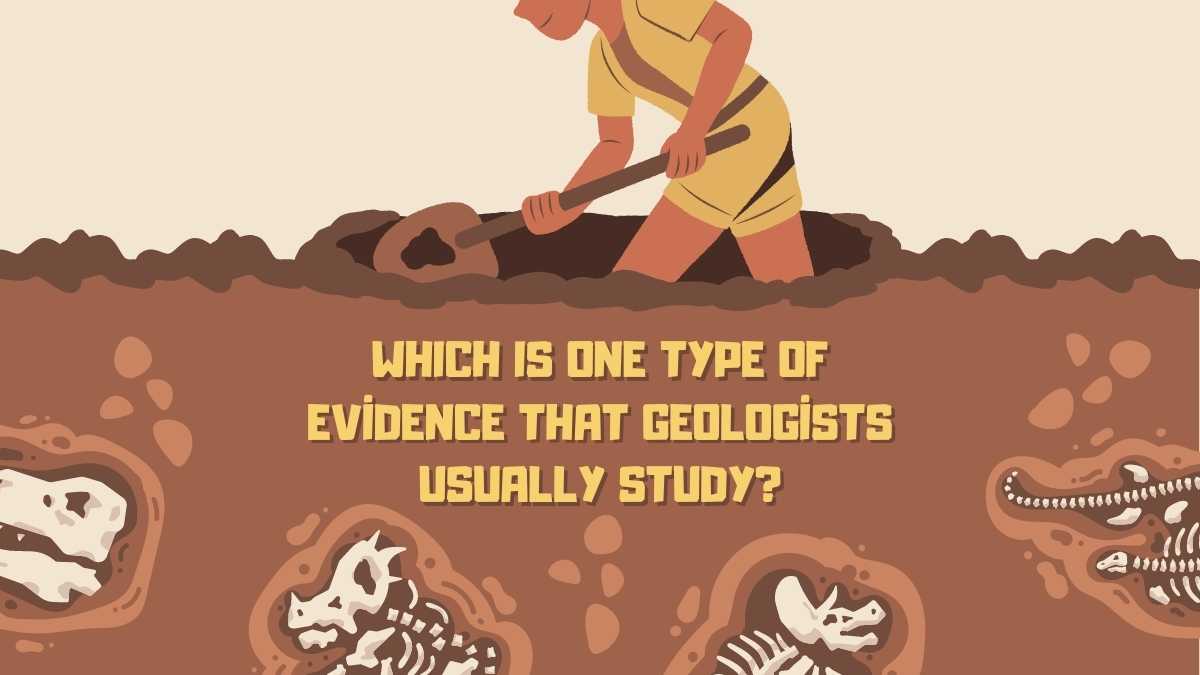Geologists study a variety of evidence in order to understand the Earth’s structure and history. One type of evidence that is commonly studied by geologists is rock formations. By analyzing the composition, structure, and age of rocks, geologists can gain insights into the processes that formed the Earth and continue to shape it today.
Studying Direct Evidence of Earth’s Interior
One way that geologists study the Earth’s interior is by analyzing seismic waves. Seismic waves are vibrations that are generated by earthquakes, volcanic eruptions, and other tectonic activity. These waves travel through the Earth and can be detected by seismographs at the surface. By analyzing the patterns of these waves, geologists can create images of the Earth’s interior, including the location and structure of the crust, mantle, and core.
The Great Rift Valley in Africa
The Great Rift Valley in Africa is a large geological feature that runs from Syria in the north to Mozambique in the south. It is characterized by a series of deep trenches and high plateaus. The best statement that describes how the Great Rift Valley formed is “The Great Rift Valley in Africa formed as a result of tectonic activity, specifically the separation of the African plate from the Arabian plate.”
Seismic Waves
Seismic waves are a type of elastic wave that travels through the Earth’s interior. They are caused by a variety of sources, including earthquakes, volcanic eruptions, and human activities such as blasting. There are two main types of seismic waves: body waves and surface waves. Body waves travel through the Earth’s interior, while surface waves travel along the Earth’s surface.
Characteristics of Asthenosphere
The Asthenosphere is the layer of the Earth’s interior that is located just below the lithosphere (the solid outer layer of the Earth that includes the continents and ocean floors). A characteristic of the Asthenosphere is that it is soft and ductile, meaning it can flow and deform over time. This allows the tectonic plates that make up the lithosphere to move around on top of it.
| Evidence Type | Description |
|---|---|
| Rock Formations | The composition, structure, and age of rocks that provide insights into the processes that formed the Earth and continue to shape it today |
| Seismic Waves | Vibrations generated by earthquakes, volcanic eruptions, and other tectonic activity that travel through the Earth and can be detected by seismographs at the surface |
| Great Rift Valley | A large geological feature that runs from Syria in the north to Mozambique in the south, characterized by a series of deep trenches and high plateaus |
| Seismic Waves | A type of elastic wave that travels through the Earth’s interior, caused by a variety of sources including earthquakes, volcanic eruptions, and human activities such as blasting |
| Asthenosphere | Layer of the Earth’s interior located just below the lithosphere, it is soft and ductile, allowing the tectonic plates that make up the lithosphere to move around on top of it. |
FAQ
What is the Asthenosphere?
The Asthenosphere is the layer of the Earth’s interior that is located just below the lithosphere (the solid outer layer of the Earth that includes the continents and ocean floors). It is soft and ductile, meaning it can flow and deform over time, allowing the tectonic plates that make up the lithosphere to move around on top of it.
